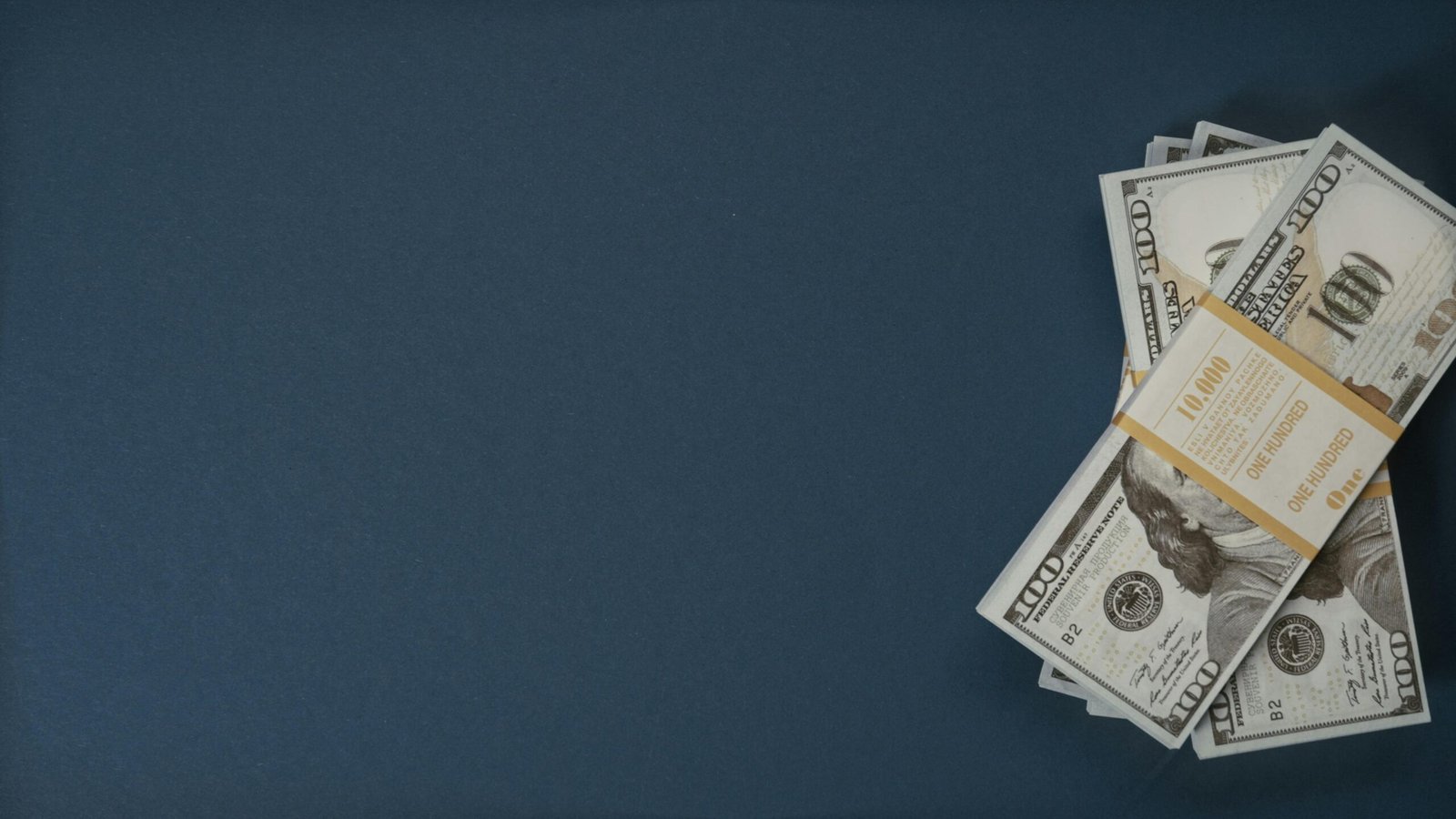Breaking News
Popular News




Enter your email address below and subscribe to our newsletter

At bit2050.com, we believe financial security begins with the basics—and one of the most essential building blocks is an emergency fund. Whether it’s a sudden job loss, medical expense, or car repair, having a financial safety net can protect you from falling into debt and stress.
An emergency fund is a stash of money set aside specifically for unexpected expenses. It’s not meant for vacations or impulse buys—this is your financial backup plan.
Life is unpredictable. An emergency fund keeps you afloat during sudden financial storms like medical emergencies or urgent home repairs.
Without a cash reserve, you’re likely to turn to credit cards or loans in a crisis. An emergency fund helps you stay debt-free.
Knowing you have backup funds allows you to sleep better at night and focus on your long-term financial goals.
Experts suggest saving 3 to 6 months’ worth of living expenses. If your monthly costs are $2,000, aim for $6,000 to $12,000. If that seems like a lot, start small. Even $500 can make a big difference.
Start with a manageable target like $1,000. Once you reach that, increase it gradually.
Keep your emergency fund out of sight and out of mind by using a dedicated high-yield savings account.
Set up automatic transfers to your emergency fund. Even $25 a week adds up over time.
Identify and reduce non-essential spending. Redirect those savings into your fund.
Tax refunds, bonuses, or birthday money? Deposit them straight into your emergency fund.
Choose an account that’s:
Easily accessible (but not too easy)
Separate from checking accounts
High-yield, if possible
Recommended options include:
High-yield savings accounts
Money market accounts
Certificates of deposit (CDs) – only short-term ones
See this external guide by NerdWallet on the best high-yield savings accounts.
Medical emergencies
Job loss
Urgent car/home repairs
Planned vacations
Non-essential shopping
Investment opportunities
Yes. Try saving a small emergency cushion ($500–$1,000) while paying down high-interest debt.
At your own pace. The key is consistency, even if it’s $10 a week.
No. Keep it liquid and accessible. Avoid risking it in volatile markets.
An emergency fund is your financial safety net—and it’s one of the first steps toward financial independence. At bit2050.com, we’re here to help you take control of your money, one smart step at a time.